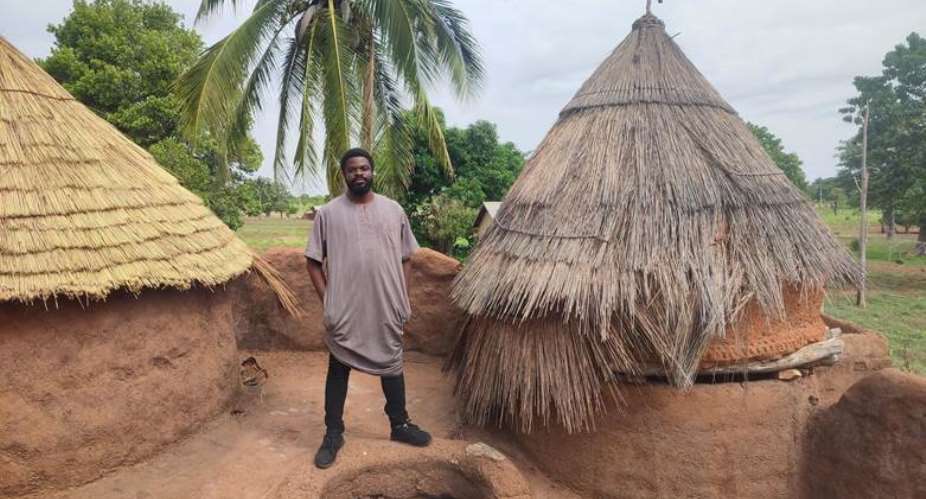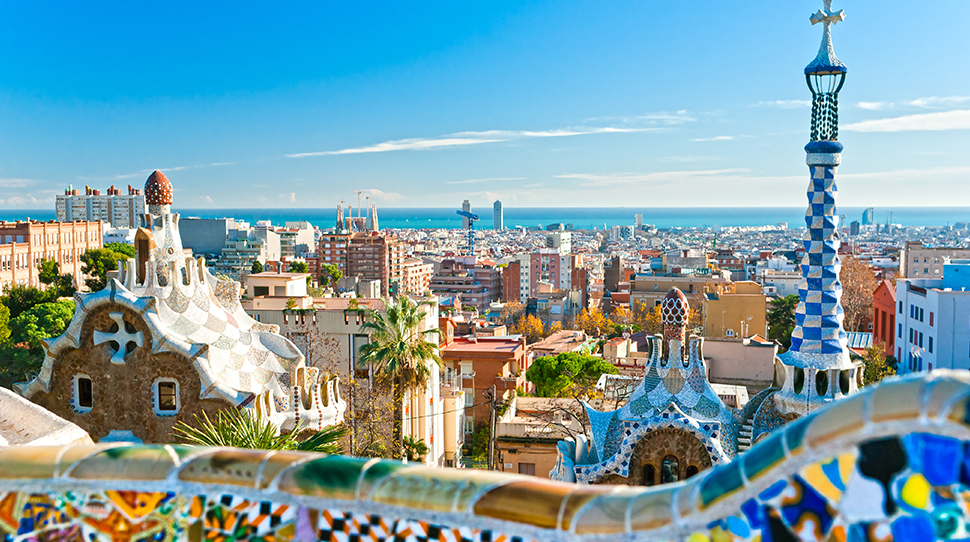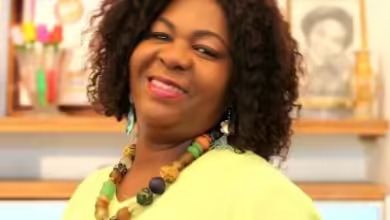I’m traveling by plane to all 54 African nations – the Republic of Benin and Togo.

I’m traveling by plane to all 54 African nations – the Republic of Benin and Togo.
The global headquarters of Voodoo are located in Bénin and Togo, not simply in Africa. The customs of Bénin Voodoo are comparable to those of other nations, like Brazil, Jamaica, Cuba, and Haiti, where Black Americans who were imported as slaves or their offspring were kept. Names, customs, and holidays all share similarities. Orishas are the names given to divine spirits in Benin, Orixa in Brazil, and Oricha in Cuba.

In order to gain a better understanding, I went to the Fetish Market at Dantokpa in Cotonou, where various individuals posing as Native medical professionals would conduct sacrifices on your behalf for a charge.
To be very honest, the place smelt awful, and I thought the whole thing was just a tourist trap. This is how it appeared. The man seemed to be highly confident in the goat’s ability to treat children with cerebral palsy.
In contrast to Nigeria, Bénin allows open Voodoo practice and accepts it as a legitimate religion. Several béninoises told me that voodoo is not harmful and can only be used for good or evil.
I spotted the carcasses of buffalo, eagles, and goats, among other creatures. I was advised to make a monetary sacrifice of 10,000 cefas, or sixteen dollars. I declined in silence. My tour cost me approximately 1500 cefas (2.5 dollars), and since I was traveling with a native, I believe I received a reasonable price.

The northern region of Bénin, which is home to serene cities like Natitingou and Parakou, is another fascinating aspect of the country. Visit the outdoor museum at Parakou to learn more about Fulani culture. Indeed, Fulanis are found in Bénin, as they are in the majority of West African nations. A salient observation is that the Fulani construct their dwellings in radial patterns inside their compounds.
It is evident that Benin’s cuisine is influenced by that of its neighbors, particularly Togo and Nigeria. The first is a highly praised soup made with akome and groundnuts with legume sauce.
From Natitingou, one can travel to the Tata Sombas on the border with Togo. The Tata Sombas are a group of huts that are indigenous to the Bantamaribas, also known as the Tata people. They are two stories tall and have such a distinctive architectural style that they are recognized as UNESCO World Heritage Sites.
Climbing the stick will allow you to reach the second story of the huts, where the grains are kept. Interestingly, the grain store’s roofs are lightweight and removable. The same robust stick can be used to climb from the first floor below.

Ouidah, my final destination in Bénin before moving on to Togo, is another fascinating site to see. Ouidah was once a slave site; to prepare for the arduous journey across the Atlantic, slaves from the interior were transported there. As a result, Ouidah offers attractions including the slave market, the road they traveled, and the point of no return. It’s possible that Ouidah has more tourist attractions than any other town in all of Africa.
It also features the sacred King Kpasse woodland, a python temple, and other museums. What is a Python Temple? The Ouidah people have a special bond with snakes, especially pythons. They love pythons, which are not permitted to be killed, and frequently enter people’s houses, as part of their own voodoo ritual. The pythons are harmless and can be played with at the temple while a guide recounts the tales and customs of the Ouidah people. The narrative is that a python protected the town’s founder from his foes, and ever since, they have been commanded to take care of them.








